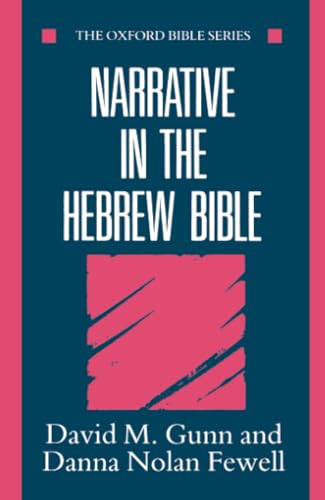Idioms of the Greek New Testament, Biblical Languages: Greek 2
Written by Stanley E. Porter Reviewed By D. A. CarsonThis is an important book, far more important than its rather misleading title suggests. Porter tells us in his Introduction that he is not using ‘idioms’ in the technical sense of ‘set phrases in the language’, but in the sense established by C.F.D. Moule in the title of his important work, An Idiom Book of New Testament Greek. But Moule’s work is a fairly advanced study (there is little translation of the many quotations from the Greek NT) of various patterns of usage in NT Greek, often cast against classical standards of usage. By contrast. Porter’s work is a second-year textbook, a bridge between the standard introductions to Greek and the major reference grammars. As such it embraces all kinds of devices to help students along their way: the countless examples from the Greek NT are translated, some of the most difficult ‘exceptions’ are ignored, a glossary at the end of the book enables the student to review at a glance technical expressions that have already been introduced and defined but which the student has forgotten, and so on. But although this is a second-year grammar, it is by far the most innovative and contemporary work of its kind to appear for a long time.
This is not simply because of the inclusion of a chapter on discourse analysis, or some brief discussion of word order. It is because this grammar is the first at this level to be built on a competent grasp of modern linguistic theory. This does not mean Porter throws around linguistic terminology with reckless abandon: each technical term is defined when it is introduced. Nor does it mean that synchronic perspectives so control the discussion that all historical considerations are lost to view: while at the level of meaning he (rightly) gives priority to synchronic concerns, at several points Porter provides a potted history of previous discussion, and this historical depth protects him from grievous errors.
Certain chapters are more innovative than others—in particular ch. 1 (tense and aspect), ch. 2 (mood and attitude), ch. 4 (cases and gender), ch. 9 (prepositions), ch. 10 (participles), ch. 16 (conditional clauses), ch. 20 (word order and clause structure), and ch. 21 (discourse analysis). Informed readers will immediately recognize that several of these are popularized forms of Porter’s technical monograph. Verbal Aspect in the Greek of the New Testament, with Reference to Tense and Mood (New York: Peter Lang, 1989). But several other chapters branch out into new applications of linguistic theory to the Greek NT.
The last half-century or so has seen many technical essays and a few books on verbal aspect theory, but almost none of this has filtered down to the level of the textbook. It is about time it did. These theoretical discussions are not, of course, in agreement at every point. Porter argues that the semantic contribution of morphological tenses in Greek is not to the rime of the action (not even in the indicative), nor to the verb’s Aktionsart (much beloved by teachers of Greek), but to its ‘aspect’—that is, to the author’s reasoned, subjective choice as to the way the action is to be depicted. A moment’s glance at the major grammars shows that the expression Aktionsart is regularly used, indiscriminately, to cover both ‘kind of action’ objectively considered and what I have just defined as ‘aspect’, for the very good reason that otherwise Aktionsart is an almost useless category because it admits so many ‘exceptions’. The one area where Porter’s work on verbal aspect theory has in the past received its most telling criticisms is with respect to the ‘markedness’ of various morphological forms. Such discussion has been downplayed and simplified in this volume, with all related technical terminology eliminated.
Porter regularly correlates his discussion with other grammars, so that industrious students (not to say teachers) can easily compare what others say, even if sometimes in very different terms and from rather different theoretical perspectives. This book also includes an index of subjects and of NT references, but not of names. The footnotes include more interaction with secondary literature than a second-year grammar normally does, but the references are not intrusive, and may be helpful to the teacher who is himself or herself trying to gain access to the secondary literature that has led up to Porter’s work. These features, and very full examples of points made, make this a useful, though certainly not a simplistic, textbook.
One need not agree with all of Porter’s examples to grasp the power of contemporary aspect theory. One must be grateful that the harvest of discussion going back over many decades has now been produced in a form accessible to students. Probably teachers hoping to use this book in the classroom, however, should be encouraged to do some preparatory reading in aspect theory—including, perhaps, Porter’s technical monograph (mentioned above), Buist Fanning’s Verbal Aspect in New Testament Greek (Oxford: OUP, 1990), and several important essays by K.L. McKay.
D. A. Carson
D. A. Carson is emeritus professor of New Testament at Trinity Evangelical Divinity School in Deerfield, Illinois, and cofounder and theologian-at-large of The Gospel Coalition.







